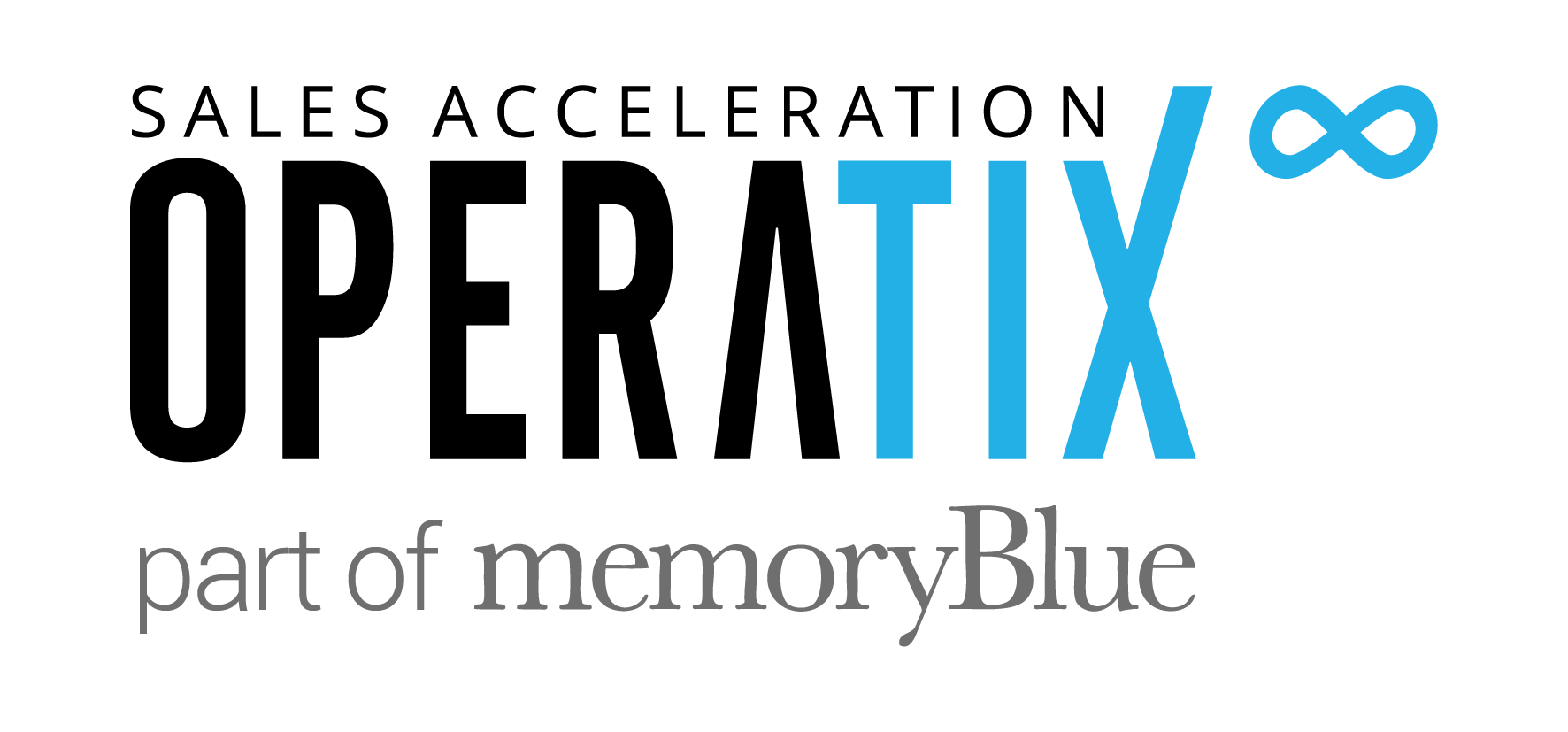Following on from our recent article breaking down the true cost of outsourced sales activities, we’d like to offer some tips for businesses managing an internal sales team. To clarify this as simply as possible, we’ve broken it down into the two main functions of your business and sales development representatives: inbound marketing and outbound sales activities.
What is inbound marketing?
Inbound marketing is the practice of generating website traffic and enticing leads to get in touch with your company rather than your sales representatives reaching out to them. This is typically done via social media campaigns and building a hub of targeted content designed specifically to engage your audience.
Utilizing inbound marketing can not only increase the number of quality leads you get but also build brand awareness and solidify your place as a market leader.
Managing inbound marketing leads
You’ll only reap the rewards of inbound marketing if you implement it correctly – which involves a lot more than you may think.
1. Ensure that you have a clear and concise key performance indicator to measure success with.
Your KPI for inbound marketing management should be based on an agreed number of marketing qualified leads (MQLs) that a salesperson will ‘disposition’ on a daily and monthly basis. This is vital for measuring your sales team’s level of performance and activity.
An MQL is a prospect inquiry that derives from a marketing channel (events, web forms, chats, email campaigns etc). The inquiry must come from a company that clearly has the ability to buy your solutions — so students, resellers and competitors should be removed from the equation. By ‘dispositioning’, we’re referring to having a meaningful conversation with the prospect, and being able to classify them as either a qualified lead, a non-qualified lead, or a nurturing lead.
The KPI that we mention here is dependent on the source of the lead, the marketing channel by which it was generated, and the complexity of your offering. Here at Operatix, we would advise clients offering high-value solutions with complex sales cycles to be dispositioning five to eight net new MQLs per day. For our more transactional clients, we would advise that they aim to disposition 10 to 15 net new MQLs per day.
2. The conversion rate from a marketing qualified lead to a sales accepted lead (SAL) or sales qualified lead (SQL) should be measured, using the sources of the leads.
A knowledge of this conversion rate doesn’t just help you understand which of your marketing campaigns are bearing the most fruit, but also in managing your sales resources, as you can more accurately tell them what you expect from their inbound activity.
Whether it’s through LinkedIn campaigns, email campaigns or conferences, you may often find that some sources will be more productive than others. Benchmark statistics gathered from the pipelines of hundreds of companies show that website-based leads are the most productive, averaging a 31.3% conversion rate, with referral leads in second place at 24.7%. It will be very tempting for your sales representatives to focus on these most productive sources. The key, however, is to maintain a mixed-marketing approach — a balance between proactive and reactive activities.
Do your utmost to make sure your sales team doesn’t get complacent with inbound marketing activity. This can be done by setting the right level of expectations, incentivizing them accordingly to broaden their approach, and ensuring they work harder on MQLs that aren’t as qualified as they could be. For further, more detailed information on this particular topic, click here.
3. A service level agreement must be put in place between the marketing, sales and BDR teams.
The SLA should ask the right questions about the relationship between marketing and BDR, as well as between BDR and sales. Should the BDR function sit with sales or marketing? Who does BDR report to? How will BDR go about escalating an issue if, for example, the sales team are failing to convert opportunities?

What are outbound sales?
Outbound sales activities are where a sales development representative initiates contact with a prospective client, typically via cold calling, email marketing and social media. The sales representative must first identify and qualify the lead rather than wait for the prospect to engage first.
Outbound sales tips
The main difference between outbound and inbound marketing is who engages first. With inbound marketing, the goal is to get the prospect to engage first, while outbound sales are the exact opposite – the sales representative will engage first. Use our outbound sales tips and considerations below to get the best out of this method.
1. Almost nobody likes to perform this aspect of their role.
Only a very select few sales representatives are good at outbound sales, and enjoy doing it. If you’re lucky enough to have access to one of these select few, they’re worth their weight in gold. In most cases, you’ll have to recruit and enable your own team, which can take time and be very challenging if you do not have the required level of management experience. This is why outsourcing your outbound sales may not only be a cost effective option, but one that can accelerate sales and generate quality leads.
2. We believe that the outbound aspect of a sales representative’s role should not be based on project identification.
That is unless you’re selling highly commoditized products and solutions. The outbound sales aspect should revolve around demand creation, and setting up sales engagements with decision-makers at prospective client companies. The role should be to find the right level or persona in the right prospective companies, having the right kind of pain point that your solution can fix.
3. Measure the conversion rate between meaningful conversation and a sales accepted engagement.
If you’re focusing on demand creation, we would expect around a 20% to 30% conversion rate from meaningful conversation to sales accepted engagement. For project identification, this figure drops to between 5% and 8%. Focusing on project identification is not wise; you should be conversing with clients, challenging their current way of operating, and creating projects, rather than relying on them being ready to simply buy your solution in the short term.
If you find that your conversion rate is below our suggested figure, one or a combination of three things may have gone wrong: you aren’t speaking to the right profile of prospective companies, you aren’t speaking to the right level of persona in the organizations, or you don’t have a compelling enough message that resonates with your target prospects.
4. Maximize your conversion rate between a meeting being arranged and a meeting actually occurring with a client.
If a prospect has agreed to meet with one of your sales resources but cancels at the last minute, it can point to two signs: you are not a priority to them, or the client doesn’t understand the value of the meeting.
The first action to take is to agree on a proper time and date with the prospect, rather than an ambiguous slot such as “some time before lunch on Wednesday”. You should also ensure that the objective of the meeting is clearly articulated in advance. Ask yourself this: what is the value of spending one hour with your organization? Do you have an understanding of issues that similar organizations may be facing? What solutions can you offer to their issues? The answers to these questions should be organized into an agenda.
5. Monitor the conversion rate between a meeting occurring and a sales qualified opportunity.
A prospect in the right profile of a company at a decision-maker level that you’ve met with, showing solid interest in the solution that you offer, is what we would call a sales qualified opportunity. The prospect should also have agreed to the next step within the sales cycle. We would expect a minimum of a 50% conversion rate between a meeting occurring and a sales qualified opportunity.
If your figure is lower than this, there are three problems that might be hindering you: the level of seniority that the person you’ve met with commands, your salesperson’s unwillingness to declare pipeline, or your salesperson’s manner of approach within the meeting. It’s very easy to fall into the trap of simply spewing as much information as you can to the client in a one-way manner.
The key is to remember that a conversation with the prospect is much more effective; get them to open up about their issues so you can offer solutions. If you know exactly where the issue is, you can zero in and ask the right questions regarding the prospect.

Inbound marketing and outbound sales: a closing note
A lot of what we’ve said regarding inbound marketing and outbound sales has derived from the tremendous amount of experience that Operatix has accrued over the years. Working with just one kind of business cannot provide a rounded level of experience that we offer. This is especially relevant if you’re a startup, an organization trying to achieve quick growth, or an organization having to do a mix of inbound and outbound sales activities.
We’ve seen businesses hugely successful in outsourcing their sales activities, and we’ve also seen businesses very successful in building their own sales teams. Whichever path you choose to take, it’s important to remember that you need a clear SLA defining what success is, as well as having the right KPIs in place to monitor performance — so that if something goes wrong, you can zero in on the issue and solve it efficiently. Regardless of whether your BDR function is in-house or outsourced, the team should be treated as an extension of your own business. An outsourced salesperson must be considered, scrutinized and supported just as much as an in-house counterpart would be.
Getting it wrong when you set up your own team might lose you between six months to a year of full productivity if the resources you’ve recruited are not the best fit for your organization, or even if the right kinds of people are making mistakes and learning from them within this bedding-in period. Outsourcing this function to a professional, external body saves this time, but be wary of these bodies overselling what they do, or promoting a ‘pay-per-performance’ model.
Many of these organizations build their teams with under-qualified or non-experienced sales staff such as students and offshore or temporary workers. They also have a tendency to push the fault of any issues that may arise back towards the client, or simply not deliver any results.
As we mentioned in the first of this two-part series on outsourcing vs. building your own BDR function, the true cost of insourcing can be somewhat veiled on the face of things. Regardless of which path you decide to take, effectiveness, time to results, productivity, scalability and experience should be the skills you are prioritizing for a successful BDR function.



